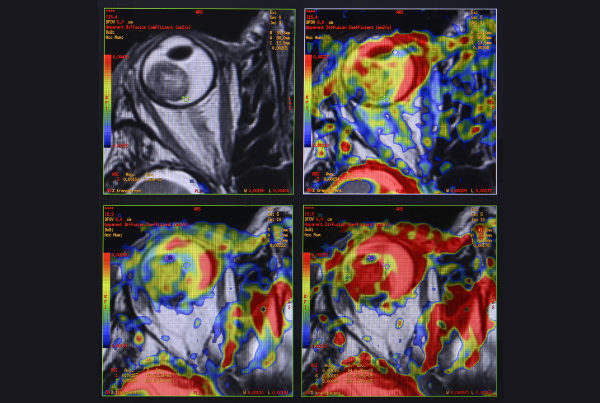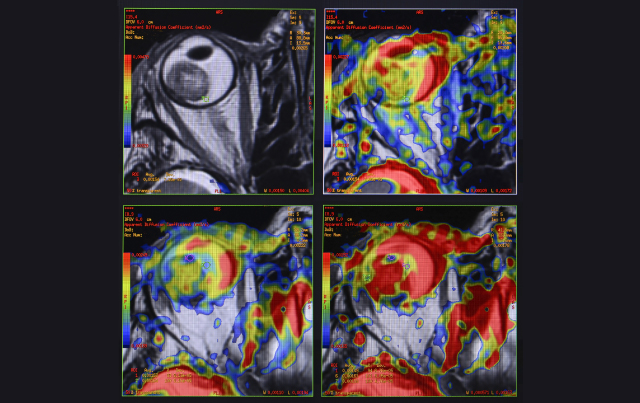Neuroimaging in Ophthalmology


Sunil Ram, MD
Ordering MRI or CT imaging of neuro-ophthalmic conditions requires not only knowing which procedure is indicated, but also what part of the anatomy should be imaged, whether or not contrast is indicated, and if angiography should be supplemented. Otherwise, these complexities may result in imaging studies that are either unneeded or unhelpful.
In a review of common neuro-ophthalmic disorders, researchers recommend MRI with contrast for unilateral or bilateral optic neuropathy, optic neuritis, bitemporal hemianopsia and several others. Sunil Ram, MD, a neuroradiologist at Scottsdale Medical Imaging (SMIL), says SMIL’s emphasis on service ensures that referring physicians obtain the appropriate imaging study required for a confident diagnosis.
“We have a close working relationship with the neurologists and ophthalmologists in the community,” Ram says. “We make ourselves available for consults at the convenience of the clinicians.
In addition, orbital CT and MRI imaging at SMIL is only interpreted by neuroradiologists with special expertise in head and neck imaging.
We employ customized protocols based on the individual’s symptoms and condition.” The most common indications for orbital imaging in the Scottsdale community are orbital infections and demyelinating disease, Ram says.
He adds that patients with orbital pathology also often have intracranial pathology requiring imaging the brain along with the orbits to evaluate the entire visual pathway.
Using 3 Tesla (3T) MRI machines, SMIL is able to provide excellent imaging for orbital pathology while eliminating the exposure to radiation.
“The 3T MRI provides the highest resolution imaging for the orbits allowing us to characterize the smallest demyelinating lesions as well as orbital tumors and other pathology,” Ram says. In cases of orbital cellulitis secondary to sinus disease, or orbital tumors that call for CT to evaluate the facial bones, Ram says SMIL uses dose-reduction techniques to limit radiation exposure.
References
Kruger J, Lessell S, Cestari D. Neuro-imaging: a review for the general ophthalmologist. Seminars in
Ophthalmology. 2012;27(5-6):192-196. Kim J, Hashemi N, Gelman R, et al. Neuroimaging in
ophthalmology. Saudi Journal of Ophthalmology. 2012;26:401-407.


